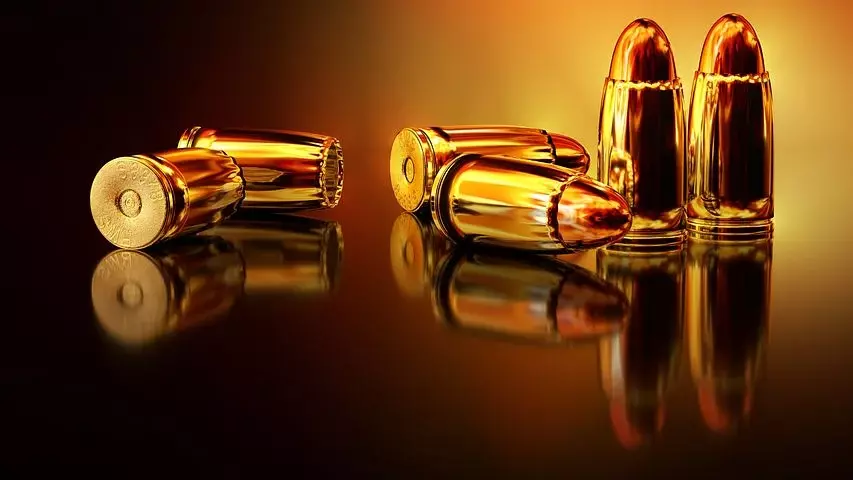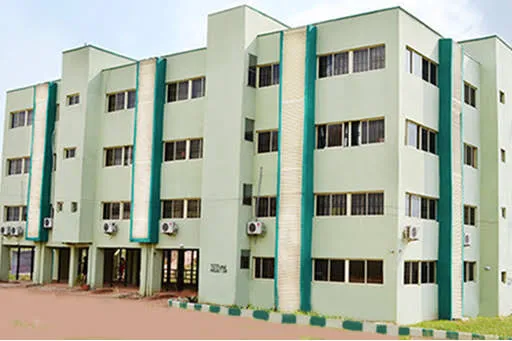Metals and Nonmetals and Metalloids: Important Tips to Note
With the periodic table, which is taught in many science courses offered in Nigerian universities, we know more about metals, nonmetals and metalloids. This chart was put together by scientists who at the time recognized variations in both the physical and chemical properties of elements. It is believed this arrangement of elements began in the 18th century.
You would be wondering what these properties could be that served as a fail-proof method of organizing elements into the rows and columns of a periodic table.
Some of the physical properties include heat conductivity, electrical conductivity, boiling and melting points. And, the chemical properties were: the reactivity of metals, metalloids and nonmetals to certain chemicals.
In fact, the basic categorization of elements of the periodic table into metals and nonmetals and metalloids stems from these outstanding physical and chemical differences which scientists like Dimitri Mendeleev, Anthonine Lavoisier and a host of others noticed.
In this article, we would look at the variations of metals, nonmetals and metalloids in order to understand to a large extent the rationale behind this grouping.
What are metals, nonmetals, and metalloids?
How do we begin to dig into what these properties are without defining what metals, nonmetals and metalloids are? So, we start off with the definition of metals, nonmetals and metalloids.
What are metals?
Metals are elements that are generally considered to be good conductors of heat and electricity. At the same time, they are luster which speaks of their ability to shine; malleable, which refers to metals’ ability to be hammered on; and ductile, which tells you that metals can easily be drawn into wires. Some examples of metals are sodium (Na), potassium (K), Calcium (Ca), and Lithium (Li).
What are nonmetals?
Nonmetals are elements opposed to nonmetals and are poor conductors of heat and electricity. They are so fragile that in the event of heavy impact, they break easily. Some nonmetals are: Nitrogen (N), Oxygen (O), Fluorine (F)
What are metalloids?
Metalloids are regarded as the in-betweens. They look like metals because they can be hard but like nonmetals, they can’t conduct heat and electricity. The reason for this is that their valence electrons in their shells are difficult to be delocalized unlike met, all of which are easily removed from their valence shells. They are six in number namely: Silicon(Si), Germanium(Get), Boron(B), Arsenic(As), Antimony (Sb) and Tellurium (Te).

Positions of metals, nonmetals and metalloids on the Periodic Table
The elements aside from being grouped into metals, nonmetals and metalloids, this grouping also informs their placement on the periodic table because the arrangement of elements on the periodic table isn’t random. The arrangement is chiefly based on the number of valence electrons.
Generally, most metals are arranged to the bottom left of the periodic table and the nonmetals are arranged to the top right of the periodic table. Metalloids, they can be found on the diagonal between the metals and nonmetals of the periodic table.
Properties Of Metals, Nonmetals And Metalloids
Metals are high lustre. This means they are shiny in nature. Metals also are excellent conductors of heat and electricity. Metals have high reactivity to chemicals, especially nonmetals. Because metals have low ionization energy, they are good donors of electrons. In fact, it is for this reason metals can conduct heat and electricity well.
Nonmetals lack lustre. They have a relatively dull appearance. The ionization energy of most nonmetals is high. Nonmetals also are poor conductors of heat and electricity.
Metalloids have a moderate ability to conduct heat and electricity. Generally, all properties of metalloids lie in between those of metals and nonmetals.
Differences Within Metals, Nonmetals And Metalloids.
Based on the properties already listed above which include: heat and electrical conductivity, malleability, ductility, and chemical reactivity. There are many differences we can draw up between metals, nonmetals and metalloids, some of them are obvious, some of them aren’t.
Heat and Electrical Conductivity
Heat and electrical energy are made possible because of the movement of the valence electrons. Thus, when elements can’t give up valence electrons easily, their ability to conduct heat or electricity is adversely affected.
Metals can lose their valence electrons which by implication makes them good conductors of heat and electricity. Nonmetals can’t do the same, thus, they are poor conductors of heat and electricity. Metalloids can lose their valence electrons but not as easily as metals do.
Physical State
Metals are generally hard solids with the exception of Mercury (Hg) which is a liquid metal. Nonmetals are generally gases.
Density
Density tells us how heavy a particular element is. In mathematical terms, it is defined as the mass of an element divided by the volume of the element. Most Metals have high density whilst most nonmetals have low density. As expected, metalloids have a moderate density.
Appearance
Metals are lustrous. They appear very shiny. Nonmetals lack lustre, thus, explaining their dull look. It is believed that the lustre in most metals is as a result of the reflection or bouncing effect of light when they strike the valence electrons.
Economic Uses of Metals, Nonmetals And Metalloids
Across all boards of technological advancement, metals especially the most expensive precious metals have been found very useful. From electrical wires which are majorly made from Copper (Cu) to building and construction materials to even musical instruments which make use of alloy metals.
Nonmetals like oxygen are used in medical facilities for breathing apparatus. Fluorine is useful in dental surgeries. Chlorine is used in water purification plants. Sulphur is used for making insecticides, pesticides and even fertilizers.
The radio and telecommunication industry makes use of metalloids as semiconductors for making transistor radios and whatnot.
Conclusion
It is important to note that metals, nonmetals and metalloids share few overlapping properties despite the many differences.
For example, metals are generally solids, but bluish mercury is an exception to the rule because it is liquid. In fact, metals are known to show high density, lithium, sodium and potassium have densities even lower than water.
There is also the talk of hardness amongst metals. Manganese, which is a transition metal is believed to be brittle and easily shatters.






